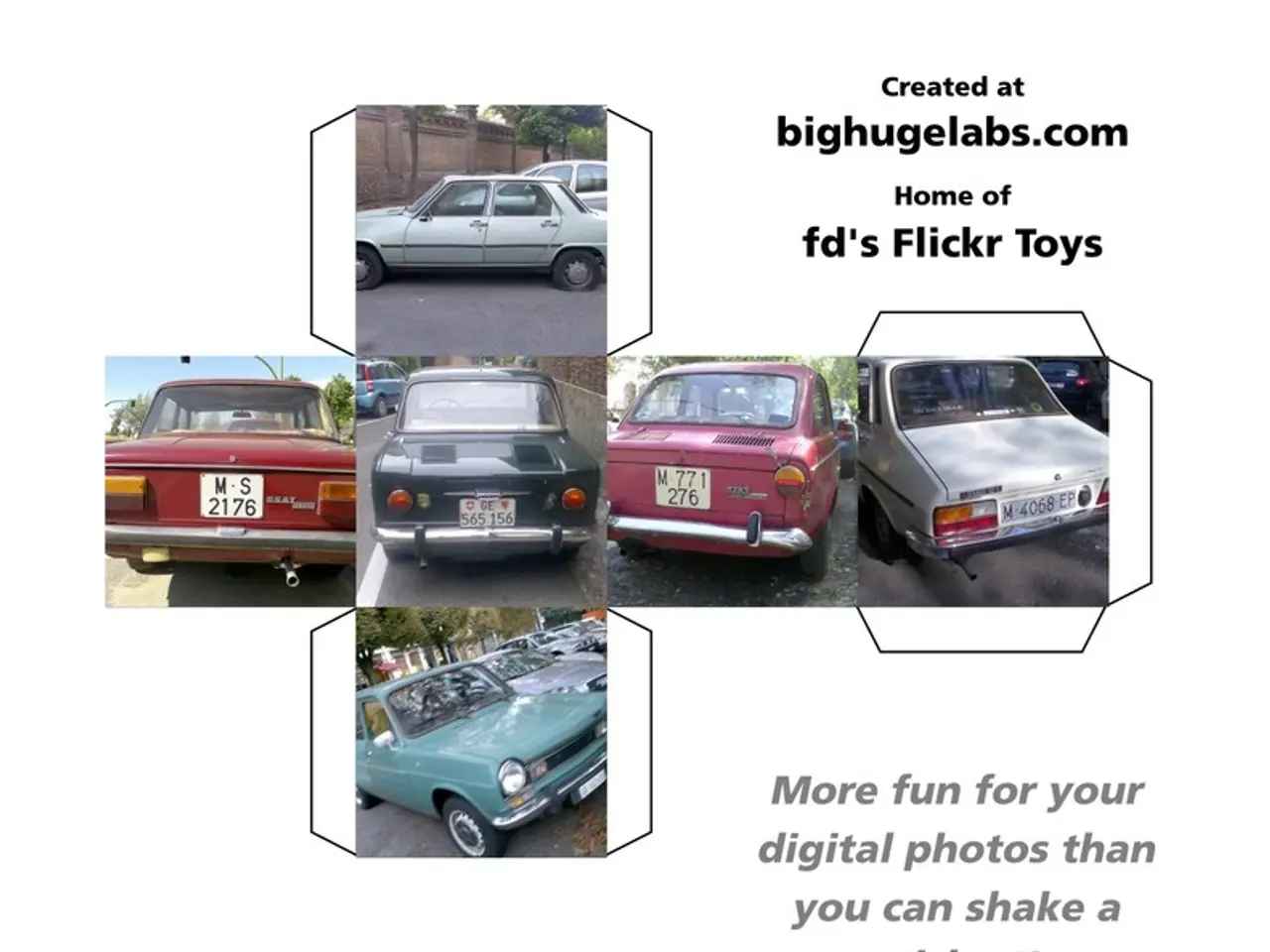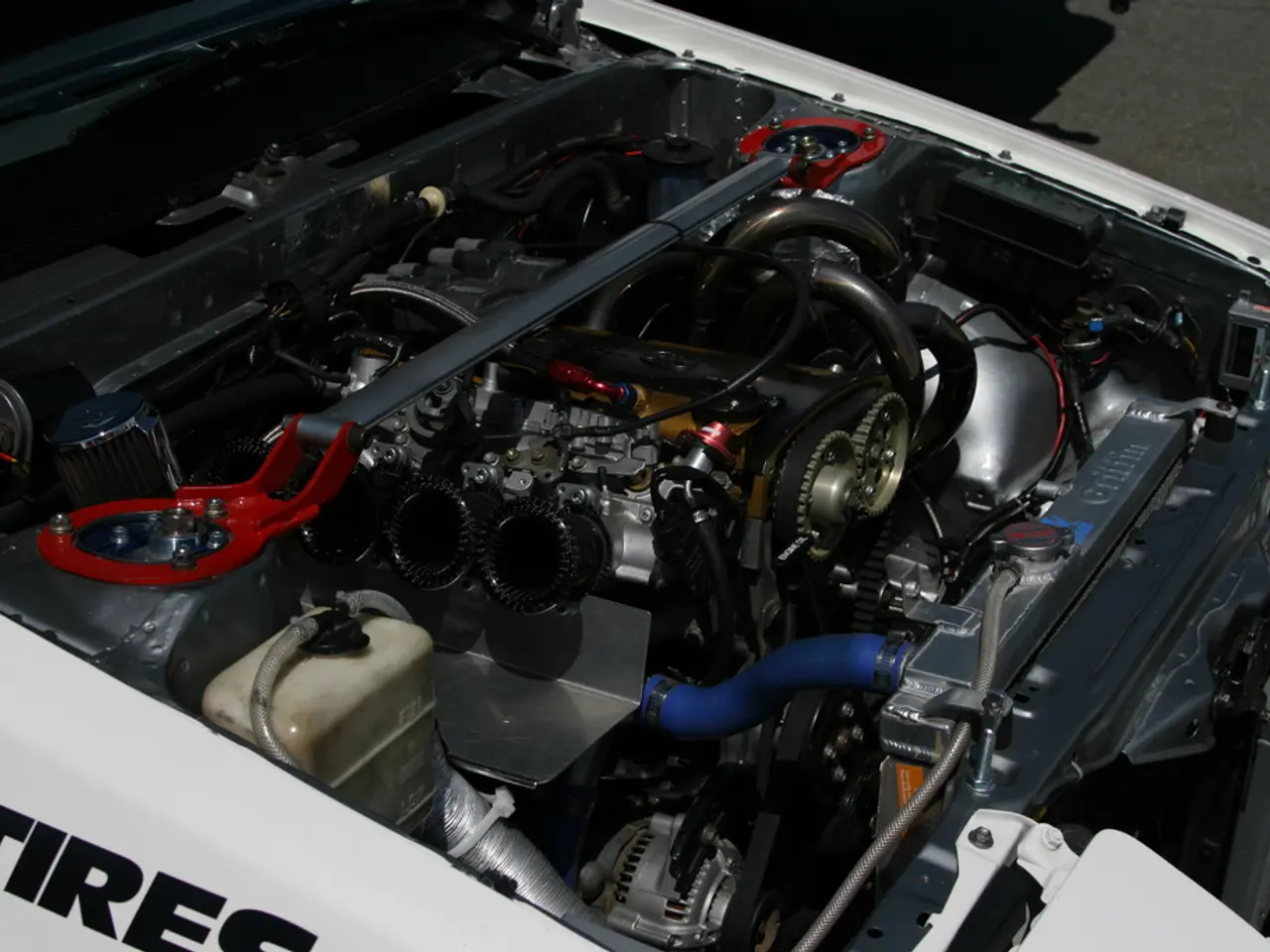Australian research reveals that hybrid vehicles may consume up to 33% more fuel than claimed.
In a recent round of on-road vehicle testing, the Australian Automobile Association (AAA) found that 25 out of 30 popular vehicles consumed more fuel in real-world driving than their advertised laboratory figures, with discrepancies of up to 33% more fuel used on the road compared to lab results[1][2][3].
The AAA’s Real-World Testing Program, funded by $14 million from the Australian government, tests vehicles on a 93 km route around Geelong, Victoria, under strict protocols that control for variables like driver behavior and traffic. This real-world approach aims to give consumers clearer, more accurate information about fuel consumption and emissions than lab tests that manufacturers use to meet regulatory standards[1][3][5].
The program has tested 114 popular vehicles since August 2023, finding that 77% use more fuel on actual roads than advertised in manufacturer lab tests[1][3][5]. Hybrid vehicles showed the largest gaps, with the Hyundai Kona Hybrid consuming 33% more fuel than claimed, followed by the Kia Stonic (26% more), Hyundai i30 Hybrid (17%), Toyota Fortuner (16%), and Kia Sportage Hybrid (14%) over their official lab ratings[1][2][3].
These findings emphasize that lab-based fuel consumption figures systematically understate real on-road fuel use, especially for hybrids, and that carmakers optimize performance primarily for lab tests rather than real driving conditions. This has implications for car buyers and fleet operators who rely on official fuel efficiency claims to estimate running costs and environmental impact[1][3][5].
The AAA plans to expand its tests to electric vehicles and compare their on-road range to what consumers are promised. However, testing of electric vehicles also showed some failing to meet their advertised range and energy consumption, though that is separate from the fuel consumption results of petrol and hybrid vehicles[4].
Interestingly, five vehicles used less fuel than expected, such as the Ford Transit van (nine per cent less), Lexus NX350h SUV (seven per cent less), and Mercedes-Benz GLC250 SUV (three per cent less)[1][3].
As concerns about fuel consumption and emissions continue to grow, the AAA will continue its efforts to provide consumers with accurate, real-world data to help them make informed decisions about their vehicle purchases. The association also plans to reward carmakers that deliver genuine financial and environmental savings[2].
References:
[1] Australian Automobile Association (2023). Real-world vehicle testing reveals discrepancies between lab and on-road fuel consumption. [online] Available at: https://www.aaa.asn.au/media/2023/real-world-vehicle-testing-reveals-discrepancies-between-lab-and-on-road-fuel-consumption/
[2] Australian Automobile Association (2023). AAA to reward carmakers delivering genuine savings for consumers. [online] Available at: https://www.aaa.asn.au/media/2023/aaa-to-reward-carmakers-delivering-genuine-savings-for-consumers/
[3] Australian Automobile Association (2023). New Vehicle Efficiency Standard to be introduced in 2025. [online] Available at: https://www.aaa.asn.au/media/2023/new-vehicle-efficiency-standard-to-be-introduced-in-2025/
[4] Australian Automobile Association (2023). AAA to test electric vehicle range and energy consumption. [online] Available at: https://www.aaa.asn.au/media/2023/aaa-to-test-electric-vehicle-range-and-energy-consumption/
[5] Australian Government (2023). $14 million funding for real-world vehicle testing. [online] Available at: https://www.pm.gov.au/media/2023-08-01/14-million-funding-real-world-vehicle-testing
- The Real-World Testing Program, funded by the Australian government, is expanding to test electric vehicles and aims to provide consumers with more accurate information about their range and energy consumption, similar to the data it provides for fuel consumption in conventional vehicles.
- As environmental concerns rise, the Australian Automobile Association not only focuses on fuel consumption but also plans to reward carmakers that deliver genuine financial and environmental savings, whether in petrol, hybrid, or electric vehicles.




